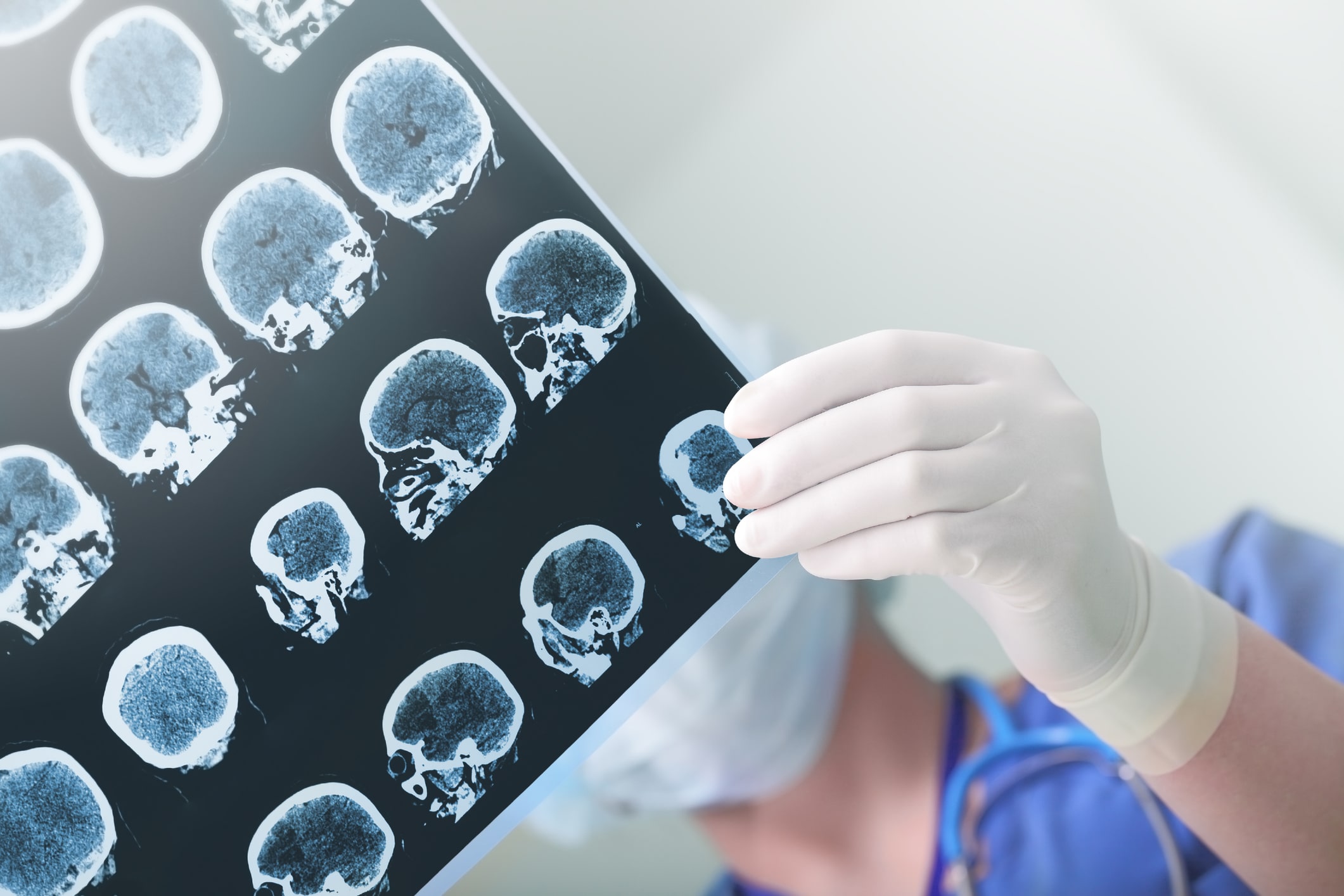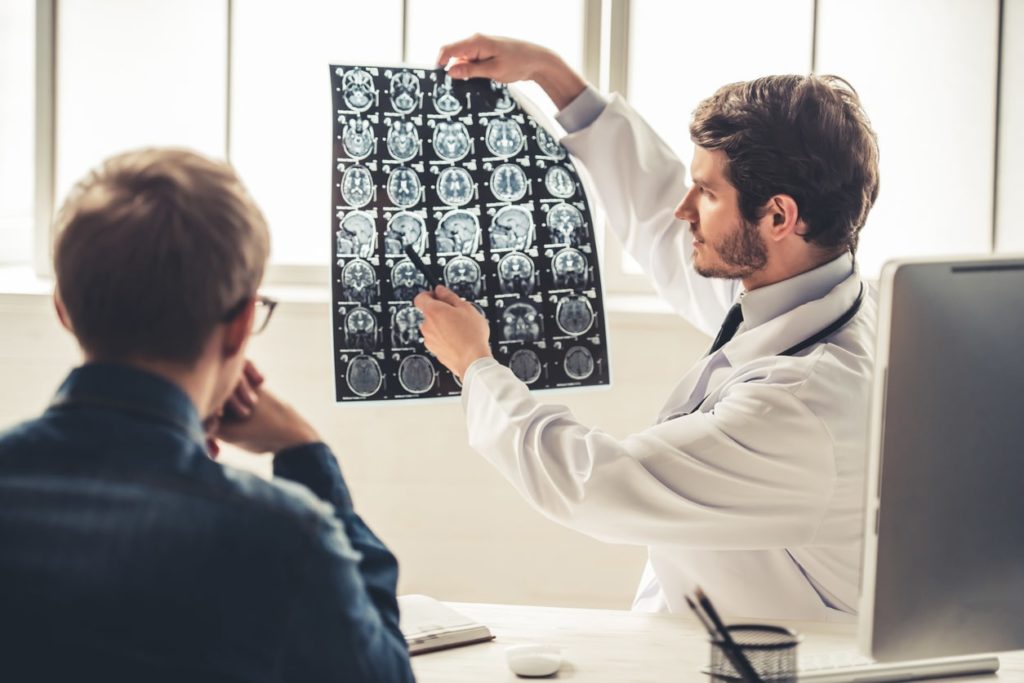What Is Radiology?
Radiology, also known as diagnostic imaging, is a series of tests that take pictures or images of parts of the body. The field encompasses two areas — diagnostic radiology and interventional radiology — that both use radiant energy to diagnose and treat diseases. While there are several different imaging exams, some of the most common include x-ray, MRI, ultrasound, CT scan and PET scan.
A radiologist will look at the outcome of a certain imaging test to find a relevant image that evaluates and supports a diagnosis. These individuals are usually medical doctors (MDs) with highly specialized training focused on the interpretation of medical imaging. Radiologic technologists also aid in this process, as they use and manage the machines in the course of producing an image. After a patient undergoes imaging tests, radiologists will give reports of their interpretations to the referring clinical doctors.
History of Radiology
Radiology began in Germany in 1895 when Wilhelm Conrad Röntgen made an energized, lightproof cathode ray tube that started to fluoresce when situated a couple of feet away from a screen painted with fluorescent material. He knew the screen was responding to unknown rays transmitted throughout the room, which he called “x-rays.” After Röntgen’s discovery, people began creating radiographic images that started as a burst of ionizing radiation and created a contrast image on a piece of film.
Why Is Radiology Important?
Every sector within the health care field relies on radiology, including:
- Surgery
- Pediatrics
- Obstetrics
- Oncology
- Trauma-response
- Emergency medicine
- Infectious disease
In many cases, early diagnosis can save lives, including those of patients diagnosed with cancer. Family doctors and emergency care physicians cannot effectively manage patients without diagnostic imaging, which is why they rely on radiology to find the right diagnosis and course of treatment.
What Is Radiology Used for?
Radiology is used for a wide range of conditions, and is classified depending on the type of radiology and the exact imaging test used. The various imaging exams include:
- Radiographs: X-rays to look at bones, the chest or the abdomen.
- CT (Computed Tomography): A CT captures multiple x-ray angles of the patient using a doughnut-shaped machine, then creates computer-processed images.
- MRI (Magnetic Resonance Imaging): An MRI uses magnetic fields and radio waves with computer processing to create images.
- Mammograms: Specially powered x-rays that look at breast tissues.
- Ultrasound: An ultrasound uses sound waves to create moving images that display on a monitor, commonly used for echocardiograms and examining the womb during pregnancy.
- Fluoroscopy: X-rays that make moving images of the body in real time. This imaging is crucial for many procedures, especially those involving the gastrointestinal tract.
- Nuclear medicine: These are short-acting radioactive substances that generate light from bodily processes. A camera collects the light, so a computer can process it and develop an image.
Diagnostic radiology uses these imaging results to identify a wide range of problems, from broken bones to heart conditions and blood clots. Interventional radiology also uses imaging such as CT scans, MRI and ultrasounds to guide medical procedures. Patients are typically awake during these procedures, whether it’s treating cancer, back pain, or liver and kidney problems. In some cases, interventional radiology eliminates the need for surgery and scopes.
Schedule an Appointment With Health Images
Health Images provides world-class diagnostic imaging and radiology services. From the moment you enter our centers, we strive to provide compassionate care, affordable services and fast turnaround times. Contact us today to schedule an appointment at your closest location.




